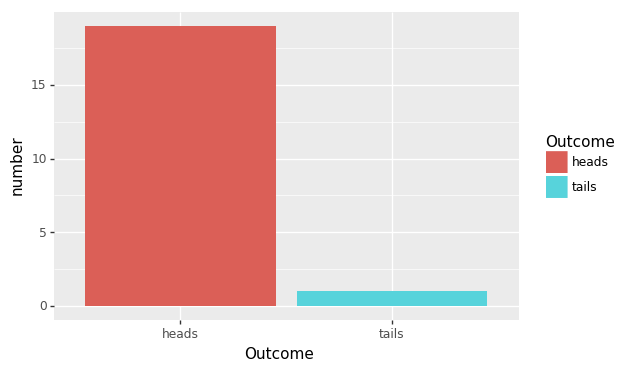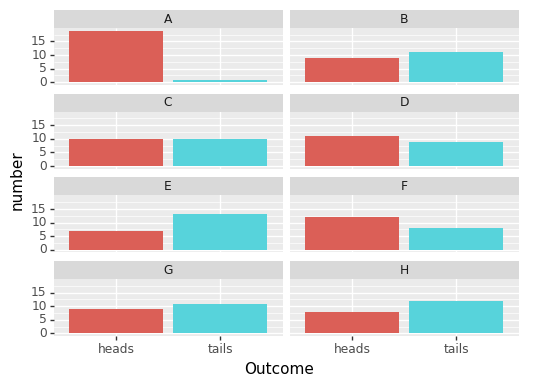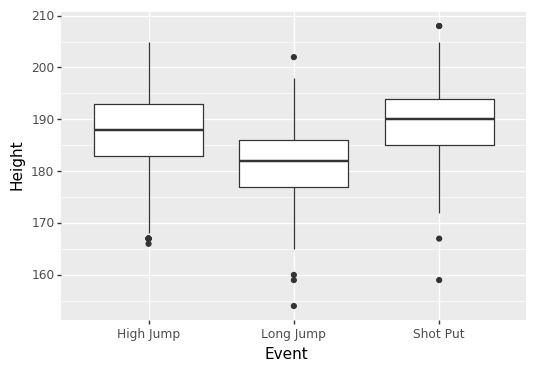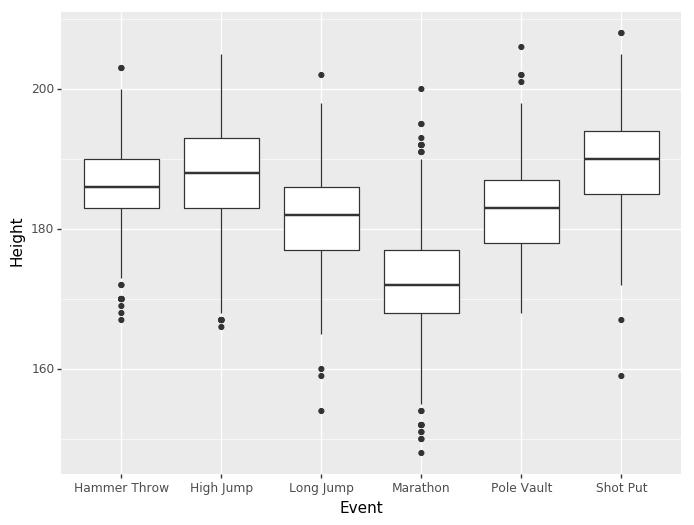Type I errors
Performing Experiments in Python

Luke Hayden
Instructor
Ways of being wrong
When we run a test:
| Real effect present | No real effect present | |
|---|---|---|
| Effect found (positive : alternative hypothesis) | True Positive | False Positive |
| No effect found (negative: null hypothesis) | False Negative | True Negative |
Type I error : find difference where none exists
Type II error : fail to find difference that does exist
Avoiding type I errors
Basis of tests
Statistical tests are probabilistic
Quantify likelihood of results under null hypothesis
Consider:
Significant results are improbable, not impossible under null hypothesis
Still possible result are by chance
Picking a single result can be misleading
Example


Accounting for multiple tests
By design
- Avoid "p-value fishing"
By correction
- Correct p-values for presence of multiple tests
Correction methods
Bonferroni and Šídák
Choose method based on independence of tests
Bonferroni correction
Conservative method
Simple
Use when
- Tests are not independent from each other
import statsmodels as sm
from scipy import stats
t_1= stats.ttest_ind(Array1, Array2)
t_2= stats.ttest_ind(Array2, Array3)
t_3= stats.ttest_ind(Array1, Array3)
pvals_array = [t_1[1],t_2[1],t_3[1]]
adjustedvalues= sm.stats.multitest.multipletests(
pvals_array, alpha=0.05, method='b')
Bonferroni correction example
- Multiple non-independent t-tests

from scipy import stats
import statsmodels as sm
t_result_1= stats.ttest_ind(HighJumpVals, LongJumpVals)
t_result_2= stats.ttest_ind(LongJumpVals, ShotPutVals)
t_result_3= stats.ttest_ind(HighJumpVals, HighJumpVals)
pvals_array = [t_result_1[1],t_result_2[1],t_result_3[1]]
adjustedvalues= sm.stats.multitest.multipletests(pvals_array, alpha=0.05, method='b')
print(adjustedvalues)
(array([ True, True, False]),
array([6.72030836e-63, 3.46967459e-97, 1.00000000e+00]),
0.016952427508441503, 0.016666666666666666)
Šídák correction
- Less conservative method
Use when
- Tests are independent from each other
import statsmodels as sm
t_1= stats.ttest_ind(Array1, Array2)
t_2= stats.ttest_ind(Array3, Array4)
t_3= stats.ttest_ind(Array5, Array6)
pvals_array = [t_1[1],t_2[1],t_3[1]]
adjustedvalues= sm.stats.multitest.multipletests(
pvals_array, alpha=0.05, method='s')
Šídák correction example

from scipy import stats
import statsmodels as sm
t_result_1 = stats.ttest_ind(HighJumpVals, LongJumpVals)
t_result_2 = stats.ttest_ind(ShotPutVals, HammerVals)
t_result_3 = stats.ttest_ind(MarathonVals, PoleVals)
pvals_array = [t_result_1[1],t_result_2[1],t_result_3[1]]
adjustedvaluesm = sm.stats.multitest.multipletests(pvals_array, alpha=0.05, method='s')
print(adjustedvalues)
(array([ True, True, True]), array([0., 0., 0.]),
0.016952427508441503, 0.016666666666666666)
Let's practice!
Performing Experiments in Python

